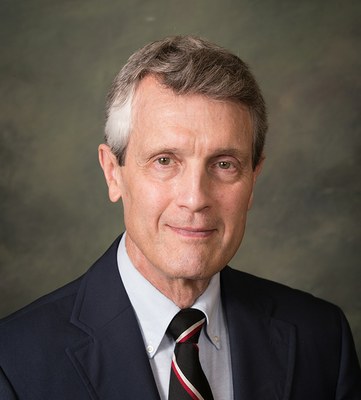Roger Howe
Class of 2013-14

Yale University
National Academy of Sciences
American Academy of Arts and Sciences
Over the last five decades, Yale University’s Roger E. Howe has expanded the frontiers of mathematics while also working to better prepare new generations of mathematicians.
As a scholar, Howe is best known for his breakthroughs in representation theory, which allows mathematicians to translate problems from abstract algebra into linear algebra, thus making the problems easier to manage. Howe first introduced the concept of the reductive dual pair—often referred to as a “Howe pair”—in a preprint during the 1970s, followed by a formal paper in 1989. This and other significant contributions to mathematics earned Howe a membership in the National Academy of Sciences in 1994.
Today, as the William R. Kenan, Jr. Professor of Mathematics, Howe continues to work on representation theory, as well as other applications of symmetry, including harmonic analysis, automorphic forms, and invariant theory.
As a teacher, Howe has championed national initiatives to advance math education, serving on several prominent national panels and committees. In 1997, Yale presented him with the Yale College/Dylan Hixon ’88 Prize for Teaching Excellence in the Natural Sciences. In part, his citation reads, “… if mathematics is a language, you certainly speak it beautifully. Fortunately for those who are not themselves native speakers, you have demonstrated a gift for making fundamental concepts in the structure of mathematics become familiar and intelligible.”
Howe received his doctorate in 1969 from the University of California, Berkeley. He taught at the State University of New York in Stony Brook from 1969-74. During that time, he also belonged to the Institute for Advanced Study and served as a research associate at the University of Bonn in Germany.
Students
Alexandra Foran – 2014-15
Ke Wang – 2014-15
